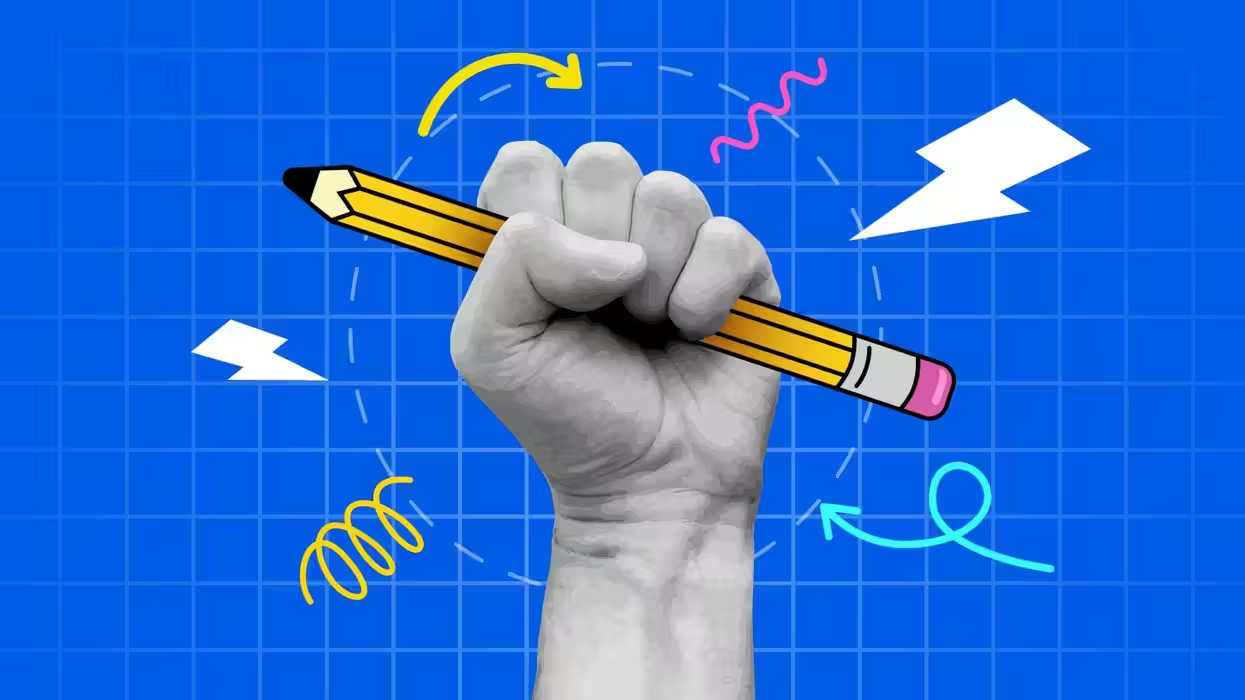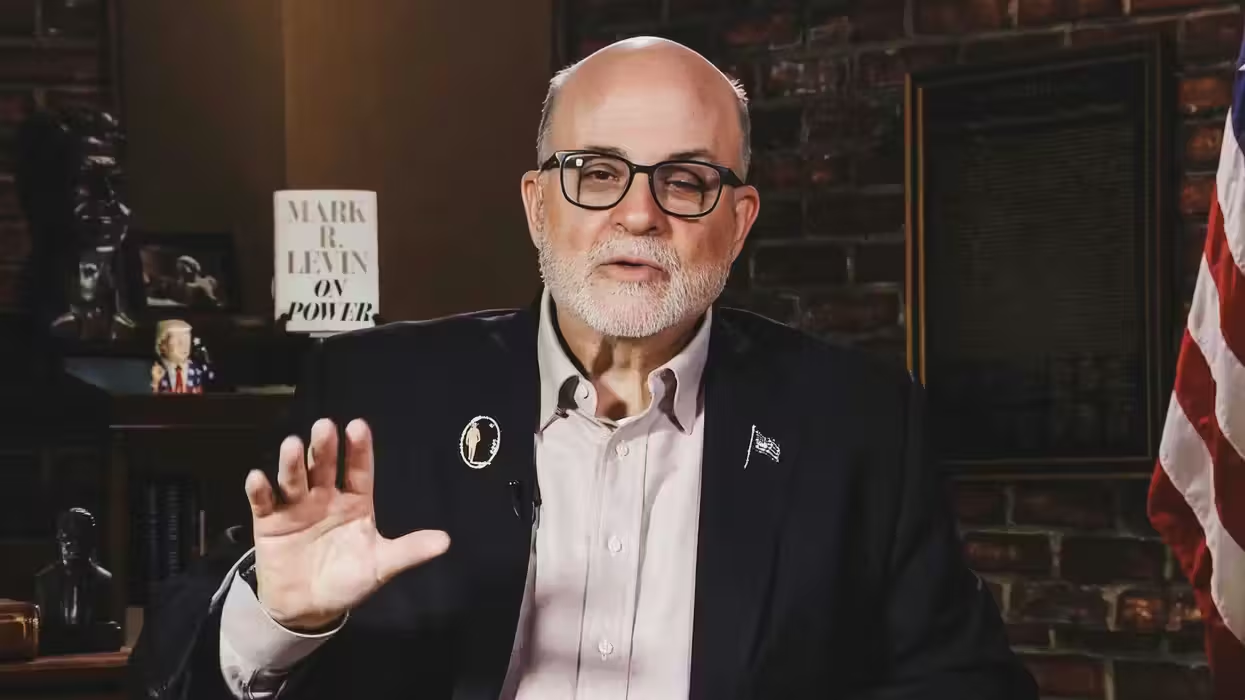
© 2025 Blaze Media LLC. All rights reserved.
In case you thought that after passing a disastrous omnibus bill, Republicans would move on to fulfilling their promises on health care and immigration, you were wrong. Now it’s time for a trillion-dollar farm bill.
If you want to understand why we never cut government and why the federal government has full control over local functions, the farm bill is the superlative case study. The ideological and geographical logrolling of food stamps and a number of different crop subsidies (soybeans for the Midwest and peanuts for the South), together with the production controls and Stalinist price-fixing “insurance” programs, create a permanent dependency on government market distortions that, sadly, rope in many conservative constituencies. It’s why there is no such thing as a true red state in the same way blue states are liberal.
Republicans promised to fix many of these problems during the 2014 farm bill when they took over Congress. Not only did they decline to fix either farm dependency or food stamps, or at least sever the two into separate bills, they are now making things worse – still with control of all three branches of government.
Obama’s food stamp surge is here to stay
The last time Congress passed a farm bill before Obama’s presidency, in 2008, the 10-year cost was $604 billion. The projected cost of the new bill, H.R. 6083, is $957 billion. Almost all of that increase is due to the explosion of food stamp usage under Obama, which accounts for 80 percent of the cost. Yet this bill squanders a historic opportunity to roll back Obama’s food stamp revolution.
The one good provision of the bill, which applies work requirements to food stamps, is too weak and too limited in terms of the population that is included. Many individuals would be exempt, and states would have additional flexibility to exempt other beneficiaries. Worst of all, most of the budgetary savings would be washed out by the cost of the bureaucracy it takes to manage this program! Most of the people would not be required to work, but would be required to join a new food stamp job training program.
This is a classic example of cutting government by growing government. Over five years, the food stamp portion of the bill, which drives 80 percent of the cost, will actually increase by $1.7 billion. And remember, the government program, once created, will never be repealed, whereas the modest work requirements can always be gutted, as we saw when Obama countermanded the work requirements for cash welfare created under the 1996 welfare reform bill.
The Obamacare of agriculture
The 2014 farm bill created two new programs: Price Loss Coverage (PLC) and Agricultural Risk Coverage (ARC). The ARC guarantees shallow loss off of record revenue farmers have been enjoying over the past few years. The shallow loss program kicks in when revenue dips below 86 percent of recent year amounts. The PLC triggers subsidies when prices for certain commodities dip below target prices.
The projected cost in 2014 was $27.2 billion, but it is now estimated at $48.2 billion. This bill actually raises the floor for subsidies to kick in when prices dip below a specific target level. Supporters of the bill will tell you that we have eliminated direct subsidies, but as conservatives understand, market-distorting price manipulation is actually worse for our economy than direct subsidies.
Much as with Medicaid subsidies going to an insurance and health care administrator cartel rather than directly to individuals, farm subsidies funneled through price-loss programs based on macro-commodity pricing are worse than direct subsidies because they help empower a monopoly. A 2017 Congressional Research Service report noted that 94 percent of the farm subsidies under Title 1 of the bill go to just six commodities, with 46 percent going to corn. Remember, corn is already benefiting from the greatest subsidy of all – the ethanol mandate requiring all fuel producers to blend in ethanol into the nation’s gasoline supply. Furthermore, the CRS notes that these six commodities, despite receiving 94 percent of the subsidies, only account for 27 percent of the output value of all farming. This finding, in its estimation, “merits further inspection of how the programs function across program crops.”
No such inspection took place in the crafting of this bill.
Also, much as with government-distorted medical insurance, crop insurance covers “shallow losses” of revenue, not just catastrophic events. The president committed in his budget proposal to limiting shallow loss programs, but Congress completely ignores his ideas and the proposed $47 billion in savings from his fiscal year 2019 blueprint.
Shouldn’t each state determine how much it wants to invest in the crops unique to its climate rather than having the federal government distort the market across the board? Rather than best science and market demand dictating the agriculture practices in this country, we have a federal government socially engineering resource allocation. As the CRS observes, “The stronger the payment-to-crop linkage, the greater the potential for producers to alter their crop choices based on the relative likelihood of program payments.”
That never ends well.
Most disappointingly, this bill declines to fulfill a promise Republicans made even when they only controlled the House – to split food stamps from agriculture programs. Now, with full control of government, this is not even under discussion.
Finally, it is important to note that it’s bills like this that help create a culture of dependency in red states (on top of the blue state dependency culture). You will hear many of the Republicans who represent these districts speak out passionately against Obamacare and government regulation of energy and financial services, yet celebrate the endless agriculture subsidies in this bill. But it is precisely this bipartisan culture of injecting the federal government into private enterprise that created Obamacare. The feds didn’t take over the health care sector overnight. It was facilitated by the precedent of decades’ worth of government intervention in private industries such as agriculture. If government can completely control commodity prices through price targeting, trade barriers, and production quotas, it isn’t such a drastic leap to take over the health care sector.
Of course, any constituency that is acclimated to the allure of government subsidies for decades will not voice strong opposition to the pork chops they receive. But that cuts to the core of our problem with the Republican Party. We will never elect limited-government conservatives from blue urban America. If we allow Congress to co-opt the rural red districts – districts that are naturally suspicious of the federal government – with special-interest dependency favors, we will never elect limited-government conservatives anywhere. The reality is that we need members to speak honestly to these constituencies and tell them we will not over-tax and overregulate you, but we will not subsidize you, either.
#mc_embed_signup{background:#fff; clear:left; font:14px}
/* Add your own MailChimp form style overrides in your site stylesheet or in this style block.
We recommend moving this block and the preceding CSS link to the HEAD of your HTML file. */
Want to leave a tip?
We answer to you. Help keep our content free of advertisers and big tech censorship by leaving a tip today.
Want to join the conversation?
Already a subscriber?
Blaze Podcast Host
Daniel Horowitz is the host of “Conservative Review with Daniel Horowitz” and a senior editor for Blaze News.
RMConservative
Daniel Horowitz
Blaze Podcast Host
Daniel Horowitz is the host of “Conservative Review with Daniel Horowitz” and a senior editor for Blaze News.
@RMConservative →more stories
Sign up for the Blaze newsletter
By signing up, you agree to our Privacy Policy and Terms of Use, and agree to receive content that may sometimes include advertisements. You may opt out at any time.
Related Content
© 2025 Blaze Media LLC. All rights reserved.
Get the stories that matter most delivered directly to your inbox.
By signing up, you agree to our Privacy Policy and Terms of Use, and agree to receive content that may sometimes include advertisements. You may opt out at any time.






